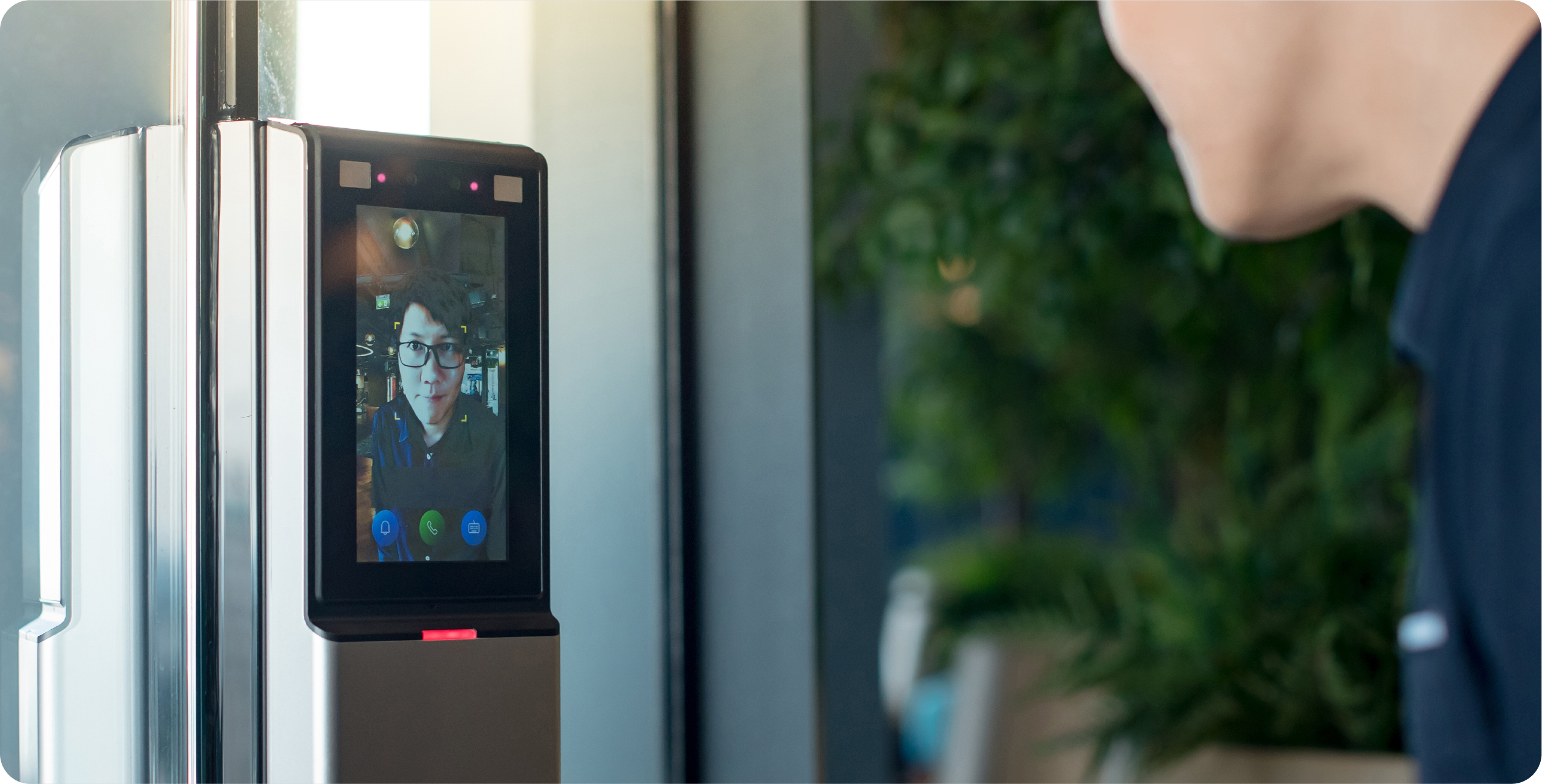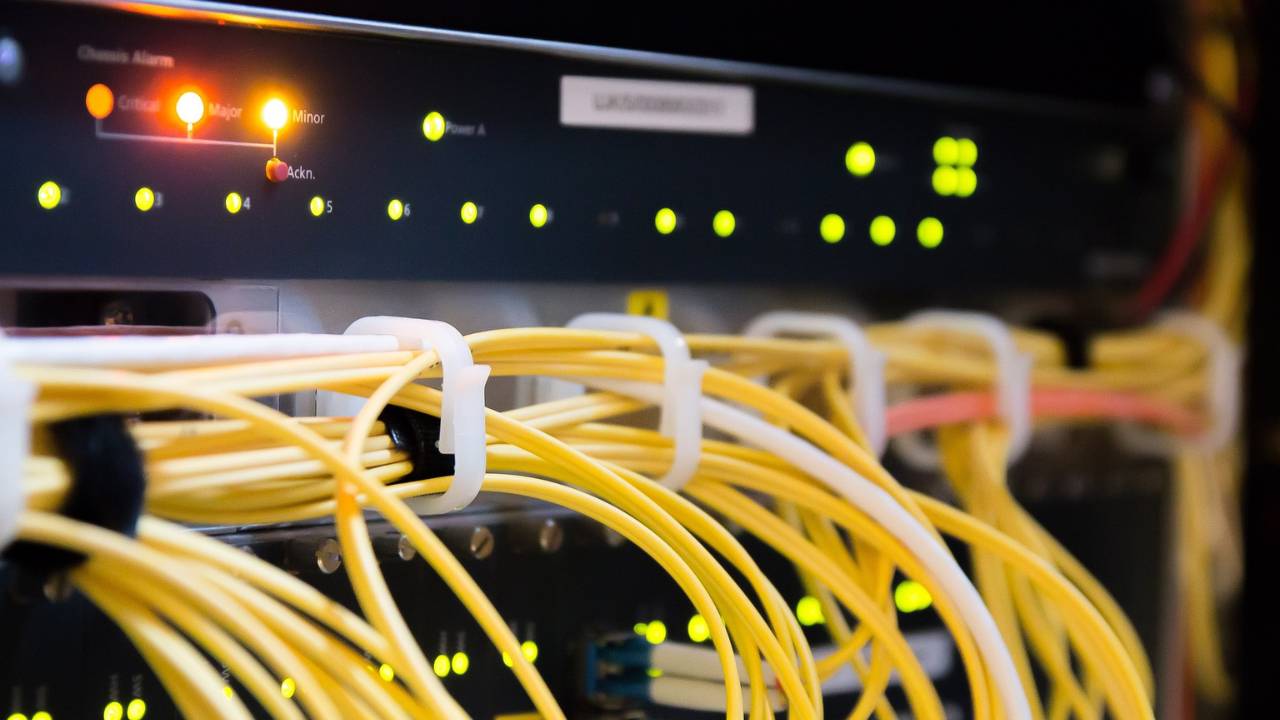
In the realm of information security, access control is paramount for safeguarding sensitive data and ensuring that only authorised users gain entry to certain information resources. This necessitates a nuanced approach to managing who can view or use various information assets within a system. A robust access control strategy not only serves to protect information but also complies with requisite privacy standards and regulations, thereby ensuring that an organisation’s data handling practices maintain integrity and confidentiality.
Selecting the best access control system is a critical decision that revolves around a balance of security, ease of use, and efficiency. Organisations must consider the type of authorization required for individual users and the levels of access that are appropriate for each role within the company. Effective access control systems are designed to meet specific security requirements while supporting operational needs, aligning with the wider security policy of the organisation.
The considerations for implementing an access control system are multifaceted, encompassing technical, physical, and administrative elements. Organisations must assess the potential risks and identify the necessary controls to mitigate these threats. Each user’s access rights should be clearly defined, with measures such as role-based access control employed to streamline the authorisation process. Careful planning and implementation of these controls play a critical role in protecting an organisation’s information assets from unauthorised access and potential misuse.
Effective access control is indispensable for ensuring the security and integrity of an organisation’s assets. It encompasses the identification, authentication, and authorisation of individuals to access specific resources.
Access control models provide a standardised framework for how access to network resources is granted. Mandatory Access Control (MAC) involves access rights based on regulations determined by a central authority and cannot be altered by users. Discretionary Access Control (DAC) allows the creator or owner of the resource to decide who gets access. These models are influenced by the National Institute of Standards and Technology (NIST) which provides guidelines and principles for implementing access controls.
Policies define the methods through which access privileges are managed within an organisation. A critical aspect of such policies is the principle of least privilege, which means that an individual is granted the minimum levels of access – or permissions – necessary to perform his or her duties. This minimises risk and potential damage. Policies must be well-documented and align with the chosen access control model to be effective. They may include guidelines for strong multi-factor authentication to verify an individual’s identity with multiple proofs of authenticity.
Compliance with external and internal regulations is a cornerstone of access control. Organisational policies must align with legal and regulatory requirements to protect sensitive information and avoid penalties. For instance, compliance may dictate how privy privileges are logged and how access to control logs is managed. As part of regulatory compliance, organisations often adhere to standards set by bodies such as the National Institute of Standards and Technology (NIST). Compliance ensures that the controls in place meet a set standard of security preserving the organisation’s integrity and reputation.
When considering access control systems, one must decide between wired and wireless configurations. Each of these systems comes with its inherent benefits and drawbacks.
A wired access control system is typically known for its reliability. The physical connections reduce the risk of interference that wireless systems might encounter from other devices. However, they can be more complex and costly to install, especially in existing structures where wiring may not be initially present.
In contrast, wireless systems offer more flexibility in installation and can often be more cost-effective. They eliminate the need for extensive wiring, therefore reducing labour and material costs. Systems like Bluetooth access control fit within this category, providing convenience for users to access secured areas via their mobile devices. Despite their benefits, these systems potentially face interference and require regular maintenance to ensure that batteries do not become a point of failure.
Security concerns differ as well; wired systems are less prone to signal interception or jamming. On the other hand, wireless systems must employ robust encryption to secure communication channels.
A comparison of these systems reveals critical considerations for decision-makers:
One’s choice between a wired or wireless access control system will largely depend on specific security requirements, budget constraints, and the physical layout of the facility.

When considering access control, organisations must carefully evaluate whether to store data on-site or utilise cloud storage solutions. Each option carries distinct advantages and challenges that affect security and operational efficiency.
On-site storage refers to storing data directly within an organisation’s premises. This method offers complete control over the physical infrastructure and data, potentially enhancing security. However, it requires significant capital investment in hardware and ongoing maintenance expenses. Moreover, there is a reliance on internal expertise to manage the systems effectively.
Conversely, cloud storage provides flexibility and scalability without the need for substantial upfront hardware costs. For instance, CCTV cloud storage solutions enable organisations to store vast amounts of surveillance footage without the need for extensive on-site data centres. The reliance on third-party providers does introduce concerns over data sovereignty and privacy.
When selecting a cloud provider, the reputation and reliability are paramount. Systems such as Vanderbilt Access Control Systems illustrate cloud-based solutions designed for small businesses, delivering a balance of ease of use and robust security features. They offer streamlined management through remote access and potentially lower operational costs.
The choice between on-site and cloud data storage is influenced by several factors, including the size of the organisation, regulatory compliance requirements, budget constraints, and specific industry needs. Organisations must perform a meticulous risk assessment to ensure that their selected method aligns with their security posture and access control policies.
When evaluating access control software, one must consider its compatibility with existing security systems, such as CCTV and both monitored or self monitored intruder alarms. It is essential that the software seamlessly integrates with these components to ensure a comprehensive security posture.
The software’s capability in recognising the benefits of intruder alarm systems shapes its effectiveness. It should ideally enhance the alarm systems by providing quick notifications and enabling prompt response actions. This synergy is crucial for both preventative measures and incident management.
Flexibility in communication is also a key aspect, with many premises adopting either wired or wireless intercom systems. The control software should offer support for both types, facilitating efficient and secure access for authorised individuals. Robust encryption and user authentication methods are necessary to prevent unauthorised access, ensuring that only verified users can operate the intercom systems.
Another consideration is the user interface of the software, which must be intuitive and user-friendly. Staff should be able to operate it with minimal training, reducing the likelihood of human error and enhancing the overall security protocol.
Finally, it is imperative to account for the scalability and future-proofing of the software. An organisation should select a platform that can grow and adapt to future advancements in access control technology. Maintenance and support offered by the software provider are equally important, as they directly affect the longevity and efficiency of the access control system.
Selecting appropriate entry devices is vital for effective access control. Generally, entry devices are categorised into keypads, card readers, proximity readers, and biometric scanners. Each type provides different security levels and operational complexity.
Keypads are a straightforward option, allowing entry through a numerical code. They are commonly seen in environments where access levels are fairly consistent. Companies like HID in Ireland supply a variety of keypads, ranging from basic models to those with more advanced encryption methods to reduce the risk of code decipherment.
Card readers offer a balance of security and convenience. Users carry access cards that, when swiped or tapped against a reader, grant entry. These systems can track user entry for additional security layers, helping prevent till fraud and unauthorised access.
Proximity readers take convenience a step further. They eliminate the need for physical contact, reading signals from a distance. This can speed up the entry process, particularly in high traffic areas. Implementing proximity readers can streamline entry processes significantly.
Biometric scanners provide the highest security level since they rely on unique physical characteristics, like fingerprints or retinal patterns. They are harder to duplicate or share, hence ideal for areas requiring stringent access control.
For vehicular access, automatic barriers produced by companies like FAAC ensure efficient traffic flow while maintaining security. These barriers can be integrated with card readers or proximity readers for quick and secure vehicle entry.
In the selection process, one should evaluate the security requirements, user convenience, and the potential need for integration with other security systems to determine the most suitable entry device for their needs.

For small to medium-sized businesses (SMBs), implementing an effective access control system is vital for safeguarding assets, information, and employees. The scale of access control ranges depending on the specific needs and risks associated with the business.
Access control strategies for SMBs must also address internal security. This includes:
While it’s important to secure their assets, SMBs must also consider the cost-benefit balance of access control solutions. They should seek scalable, affordable systems that don’t compromise on critical security features.
Furthermore, regular training and policy updates are essential to ensure that staff adhere to security protocols and understand the importance of access control measures.
In summary, careful planning and investment in a suitable access control system can provide SMBs with both security against potential threats and peace of mind for business owners and employees alike.
In addressing the complex interplay of factors in access control systems, organisations must confront a series of significant challenges and considerations. They must calibrate their security measures finely to avoid impeding functionality, analyse the cost relative to the benefits, and anticipate the direction of technological advancement to maintain efficacy over time.
Organisations must ensure that their security protocols do not unduly hinder user productivity or experience. A robust access control system must allow legitimate users to perform their roles effectively while safeguarding against unauthorised access. This balance necessitates a thoughtful security strategy that integrates role-based access, wherein privileges are allocated in accordance with the individual’s role within the department or the entire organisation. Too stringent a policy may stifle the fluidity of operations, while too lenient an approach risks exposing secure data.
A thorough cost-benefit analysis is imperative for organisations considering the implementation or upgrade of access control systems. The costs encompass not only the initial outlay for hardware and software provided by vendors but also the ongoing expenses related to maintenance, updates, security team resources, and training. These costs must be weighed against the potential benefits of protecting sensitive services and facilities. It is vital that the security policy enacted delivers value for money and aligns with the overall security strategy set by upper management.
As technological landscapes and organisational needs evolve, an access control system must adapt to these changes through stages. A future-proof system takes into account the anticipated shifts in security policies, advancements in technology, and potential organisational changes, such as departmental mergers or shifts in service offerings. Updates and modifications to the system should be manageable by the organisation’s IT personnel, potentially with assistance from external vendors. Regularly reviewing and adjusting the access controls helps ensure that they remain effective over time and are responsive to the emergence of new threats or changes in user behaviour.
Effective access control is vital for safeguarding systems, emphasizing the principle of least privilege and ongoing monitoring.
Key considerations include aligning access control policies with security objectives, implementing strong authentication, adhering to the principle of least privilege, and conducting regular audits. The adaptability of access control systems to changing roles, threats, and technologies is crucial, requiring a proactive approach to mitigate breaches.
This involves a blend of technological solutions and employee training on access protocols. Integration within the broader security framework, including physical security, network security, and behavioral protocols, is essential.
Organizations should stay informed about emerging technologies and threats, continuously improving access control policies to ensure security in a dynamic cyber landscape.
If you need help with access control, MJ Flood Security can help you. Our professionals have over 60 years of experience helping business owners in Ireland and the UK and are equipped to assist and guide you through any issues. Call us on 01 689 6390 for a free consultation.